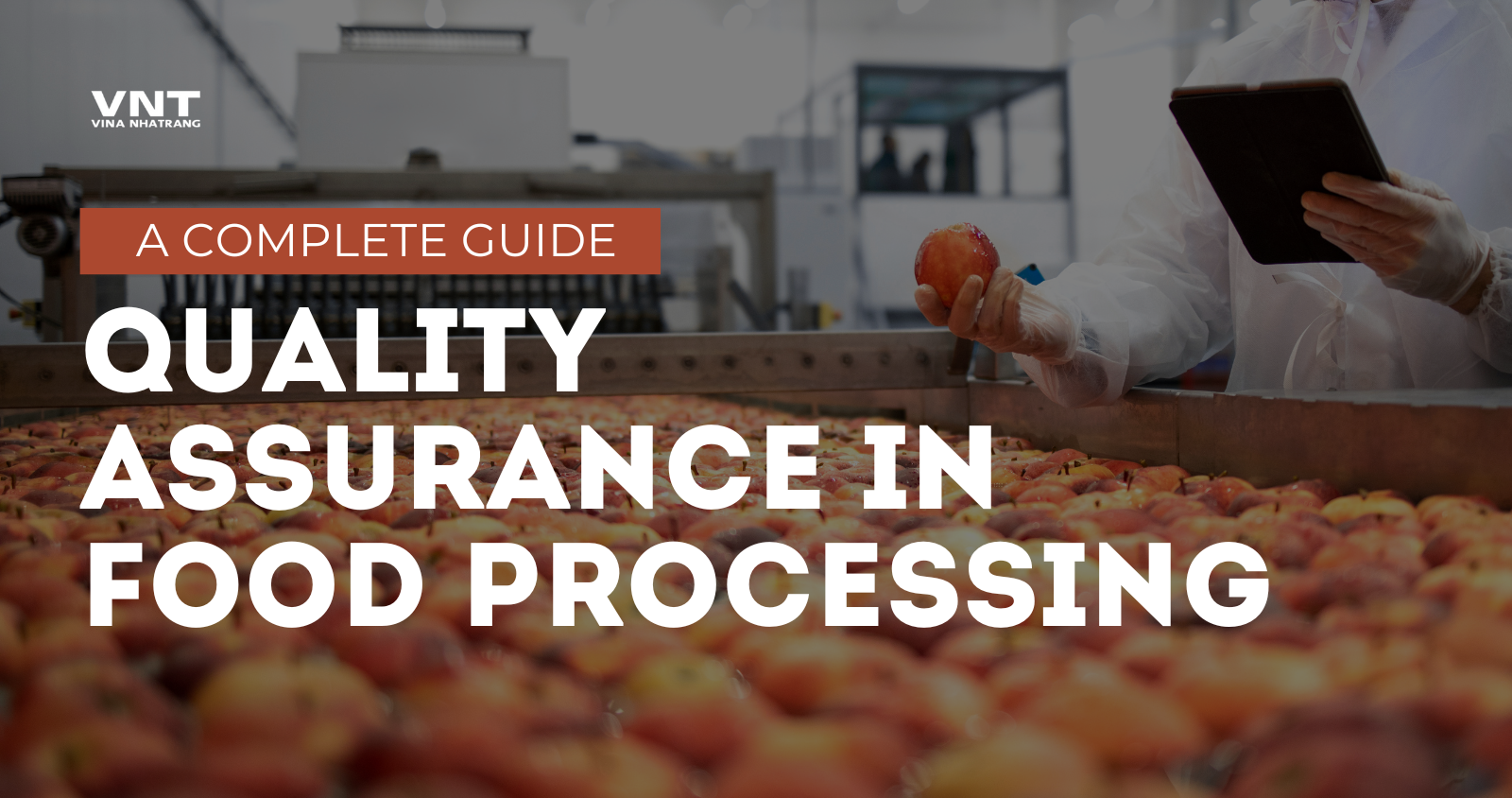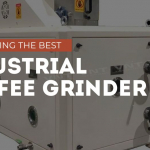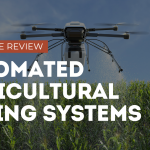With consumers becoming increasingly concerned about food safety and quality, implementing robust quality assurance (QA) systems has never been more critical. In fact, according to the World Health Organization, approximately 600 million people fall ill after consuming contaminated food annually, highlighting the urgent need for stringent quality control measures. This article explores the cutting-edge systems and technologies revolutionizing quality assurance in food processing, offering valuable insights for industry professionals seeking to enhance their operations and deliver excellence consistently.
Understanding Quality Assurance in Food Processing
Quality assurance in food processing encompasses all planned and systematic activities designed to provide confidence that products will meet specified requirements for quality. Unlike quality control, which focuses on identifying defects in finished products, quality assurance is preventive in nature, aiming to stop issues before they occur.
The foundation of effective food QA lies in implementing comprehensive management systems that oversee every aspect of production—from raw material selection to final packaging and distribution. These systems ensure that products not only meet regulatory requirements but also satisfy consumer expectations for taste, appearance, and safety.
Essential QA Systems in Modern Food Processing
Hazard Analysis Critical Control Point (HACCP)
HACCP remains the gold standard for food safety management systems worldwide. This systematic preventive approach identifies, evaluates, and controls hazards that are significant for food safety. A properly implemented HACCP plan monitors seven principles:
- Conduct a hazard analysis
- Determine critical control points
- Establish critical limits
- Monitor critical control points
- Establish corrective actions
- Verify that the system works
- Establish record-keeping procedures
Studies show that companies implementing HACCP systems experience up to 30% fewer food safety incidents compared to those without such systems.
Good Manufacturing Practices (GMPs)
GMPs provide guidelines for manufacturing, testing, and quality assurance to ensure products are consistently produced according to quality standards. These practices cover:
- Personnel hygiene requirements
- Facility and equipment design
- Process controls
- Cleaning and sanitation protocols
Implementing GMPs has been shown to reduce product recalls by up to 25% in food processing facilities.
Statistical Process Control (SPC)
SPC employs statistical methods to monitor and control production processes, ensuring they operate at their full potential with minimal waste. By analyzing data collected during production, processors can:
- Identify process variations
- Predict potential quality issues
- Make evidence-based adjustments
- Maintain consistent product quality
Organizations using SPC report up to 40% improvement in production consistency and significant reductions in waste.
Breakthrough Technologies Enhancing Food Quality Assurance
Automated Inspection Systems
Visual inspection technology has evolved dramatically in recent years. Modern systems now incorporate:
- High-definition cameras capable of detecting minute defects
- AI-powered image recognition that can identify contaminants with 99.9% accuracy
- Real-time sorting algorithms that remove defective products instantly
These systems can inspect thousands of items per minute with greater accuracy than human inspectors, dramatically reducing the risk of defective products reaching consumers.
Internet of Things (IoT) Monitoring
IoT technology has transformed quality monitoring by providing:
- Continuous real-time data collection from critical control points
- Remote monitoring capabilities for multiple facilities
- Automated alerts when parameters fall outside acceptable limits
- Comprehensive data for trend analysis and continuous improvement
Food processors implementing IoT monitoring report an average 27% reduction in quality-related incidents and significantly improved traceability.
Blockchain for Traceability
Blockchain technology offers unprecedented transparency in food supply chains by:
- Creating an immutable record of every transaction and process
- Enabling end-to-end traceability in seconds rather than days
- Verifying claims regarding organic, fair-trade, or sustainability practices
- Building consumer trust through transparent information sharing
Major food companies implementing blockchain report traceability times reduced from 7 days to just 2.2 seconds in some cases.
Frequently Asked Questions About Food Quality Assurance
How does quality assurance differ from quality control?
Quality assurance focuses on preventing defects through systematic planning and implementation of standards throughout the production process. Quality control, meanwhile, involves inspecting finished products to identify defects. While both are essential, quality assurance is proactive, whereas quality control is reactive. Implementing both strategies creates a comprehensive approach to maintaining high-quality standards.
What are the most common challenges in food quality assurance?
The most significant challenges include maintaining consistency across different batches, managing supplier quality, keeping up with changing regulations, and balancing quality with production efficiency. Additionally, training personnel to follow proper procedures consistently remains a persistent challenge for many facilities. Organizations that invest in comprehensive training programs report up to 60% fewer quality incidents.
How can small food processors implement effective QA systems?
Small processors can start by focusing on the fundamentals: implementing HACCP principles, establishing basic GMPs, and developing standard operating procedures. Cloud-based quality management software now offers affordable solutions specifically designed for smaller operations, reducing implementation costs by up to 70% compared to traditional enterprise systems. Starting small and scaling gradually proves most effective for businesses with limited resources.
What role does employee training play in quality assurance?
Employee training is perhaps the most critical component of any quality assurance program. Even the most sophisticated systems and technologies rely on properly trained personnel for effective implementation. Regular training sessions, clear documentation, and a culture that prioritizes quality awareness are essential. Companies that conduct monthly quality training report 45% fewer deviations from established procedures compared to those with annual training programs.
Emerging Trends in Food Quality Assurance
Looking ahead, several exciting developments promise to further revolutionize quality assurance in food processing:
- Hyperspectral imaging capable of detecting chemical composition and contamination invisible to traditional cameras
- Digital twins that create virtual replicas of production facilities for advanced simulation and testing
- Predictive analytics using machine learning to forecast quality issues before they occur
- Portable, rapid testing devices enabling immediate verification of food safety parameters
Early adopters of these technologies report significant competitive advantages, with some achieving quality consistency rates approaching 99.8%.
Conclusion
Quality assurance in food processing has evolved far beyond simple inspection procedures. Today’s systems integrate sophisticated technologies with time-tested methodologies to ensure consistent excellence. As consumer expectations continue to rise and regulatory requirements become increasingly stringent, investing in robust quality assurance measures isn’t just a compliance issue—it’s a strategic business decision with direct impact on brand reputation, customer loyalty, and bottom-line performance.
For food processors seeking to maintain a competitive edge, implementing comprehensive quality assurance systems isn’t optional—it’s imperative. By embracing the technologies and methodologies outlined in this article, processors can not only meet current standards but position themselves for continued success in an ever-evolving marketplace.
The journey toward quality excellence is continuous, but with the right systems and technologies in place, consistent product quality becomes not just achievable but sustainable—delivering value to both businesses and consumers alike.




